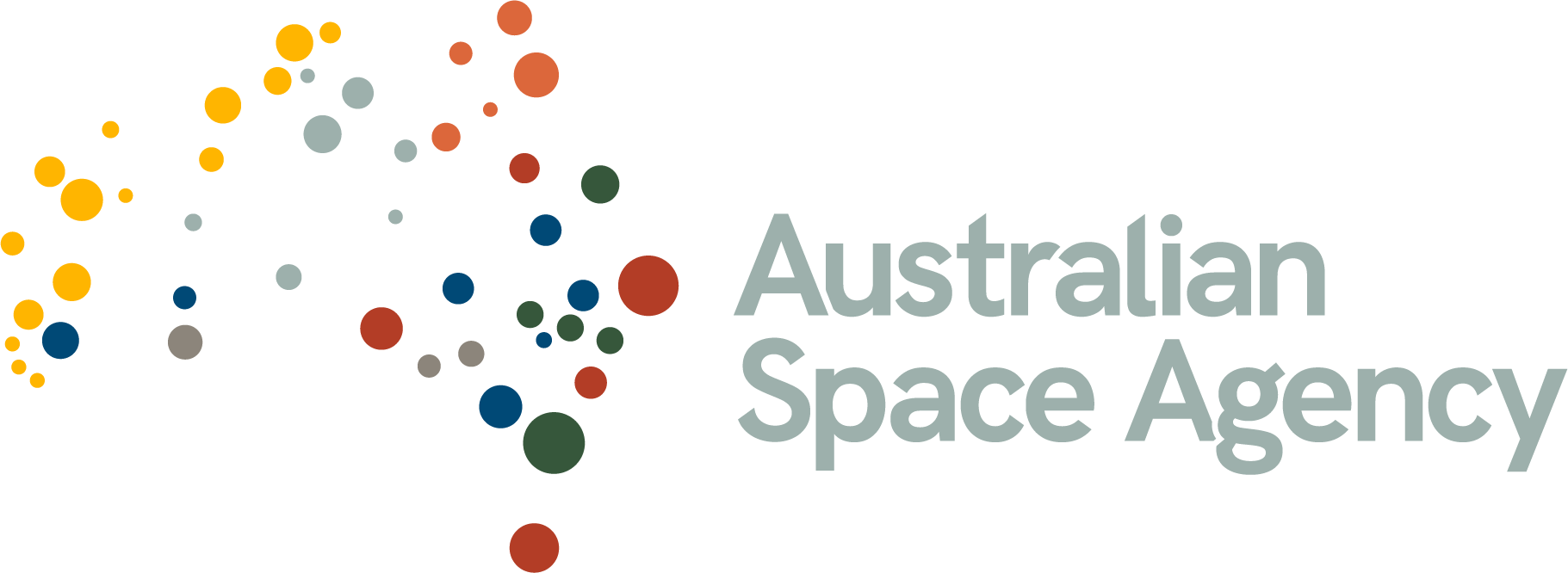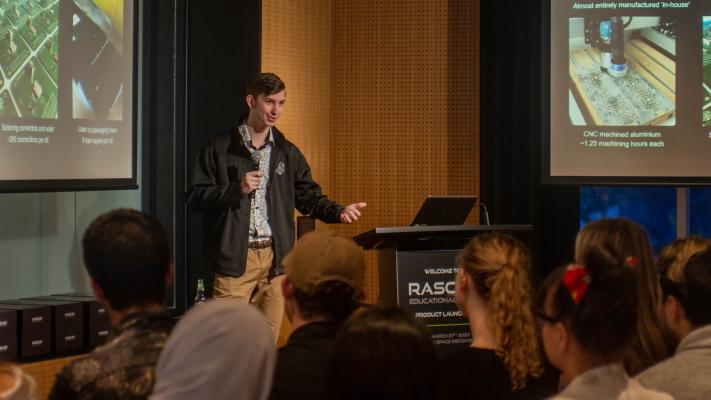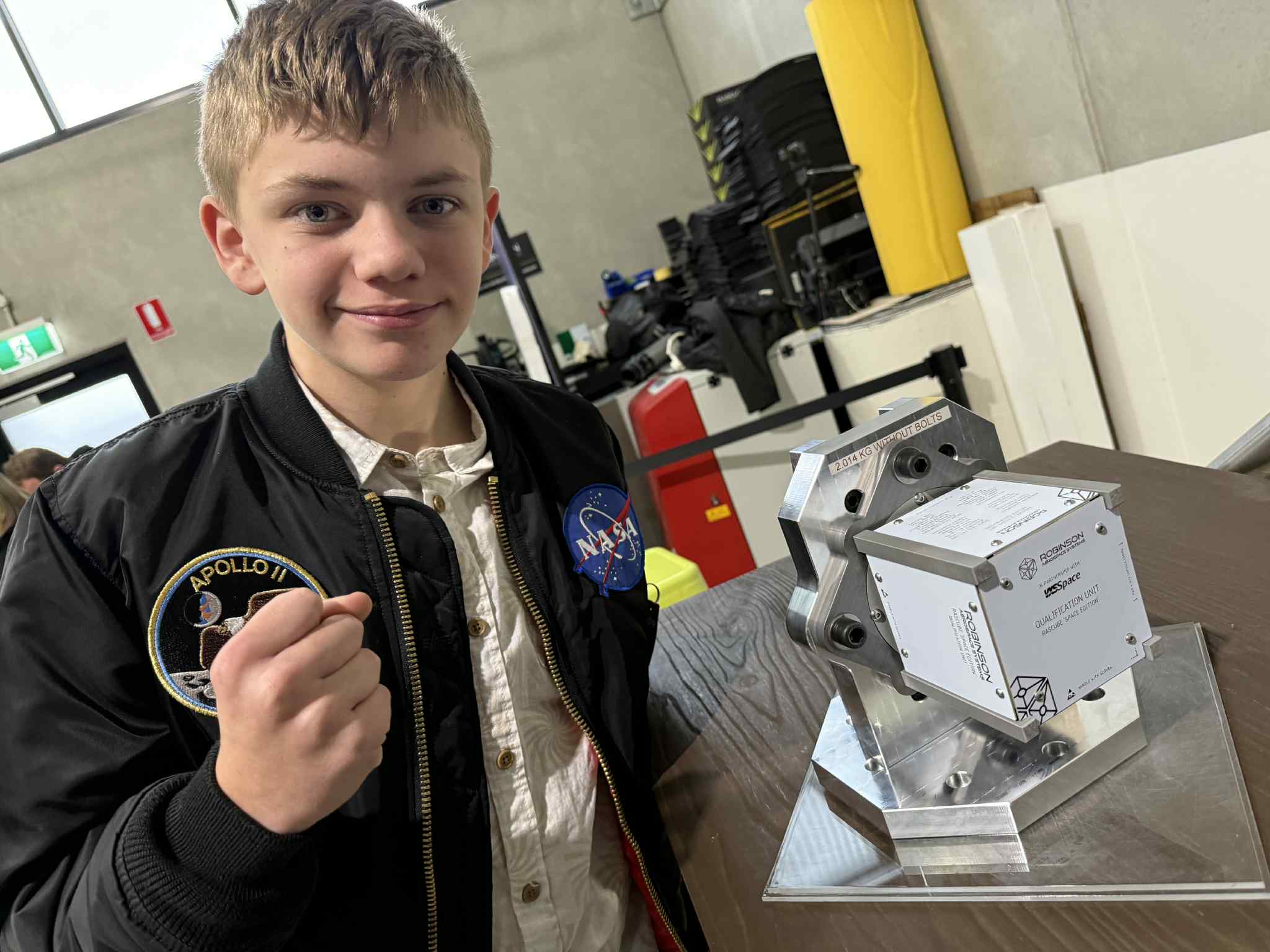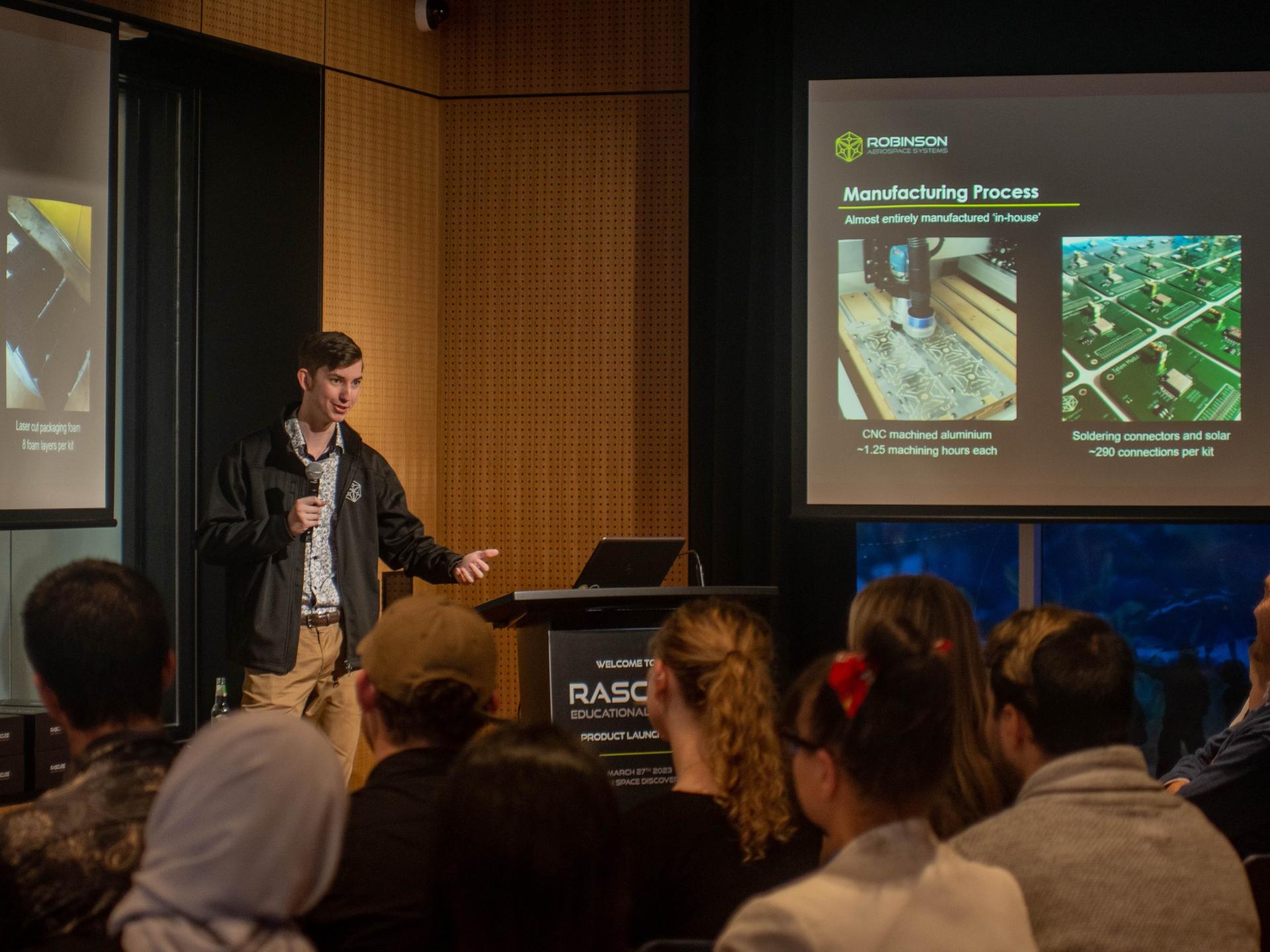From a garage in South Australia to the global space stage, Edward Robinson’s mission to advance space aspirations has taken off.
Last month, four novel Aussie space technologies were launched as part of SpaceX's latest Transporter mission. Among the technologies was RASCube-1 — developed by Edward's company Robinson Aerospace.
Launching space and STEM adventures
Founded in 2022, Robinson Aerospace aim is to shape the next generation through its RASCube kits.
The company's recently launched payload RASCube-1 was an outcome of this initiative.
The one-unit Aussie CubeSat that lifted off last month contained experiments from seven schools that represent seven countries.
Australian student Jackson Burford developed the VEXUS sub-payload to measure radiation, magnetic fields and types of shielding during its time in orbit.
In this interview, Edward briefly shares with us his career trajectory and sheds light on how age has no limit in the Australian space sector.
You're 21, how do you feel about being one of the youngest CEOs in the Australian space sector?
Being young has provided me with unimaginable opportunity for growth. This includes my more experienced peers, who have offered advice and supported my journey. I’ve certainly needed to work hard to prove that we, Robinson Aerospace, are serious about what we are doing. And once people see that, the guidance has been pivotal.
At no time "being young" has held me back. If anything, it’s helped me and the company, as it’s shown others what’s possible as well as created public interest around our projects.
What would you identify as a turning point that led you towards the Australia space sector?
As a kid in school, I was super passionate about space and business. I also closely followed the growth of homegrown space companies like Fleet Space, Inovor, Neumann Space and many others.
From them, I was inspired to start my own company, and following their journeys showed that it was possible.
Which skills did you need to learn to be a part of the space sector?
I broke the company's goals down into several steps, the first skill was to find initial funding and build a good prototype.
The next skill — networking. This is a vital stage to learn particularly on how to find the right people.
Snaps of a space career
Edward shares with us a collection of his journey in the Australian space sector so far.
What's your impression of working with the next generation?
It is mind blowing to see what school students can do. When they’re given exciting projects, they can quickly become so passionate and invested. Often, we have to try to restrict the scope of their ideas, so they don’t make their projects too big.
What's your elevator pitch to young STEM enthusiasts?
Just start working towards it! Learn everything you can, build model rockets and meet lots of great people.
What's next?
Three goals:
1> LaunchBox – Currently working on a free program for around 120 schools Australia-wide, where students will build a replica CubeSat in class and compete to put them on weather balloons.
2> RASCube-2 – We’re in the planning phase for our second launch to space, which will carry more student-built experiments.
3> The Moon – We’re determined to land student-built experiments on the Moon by the end of this decade.
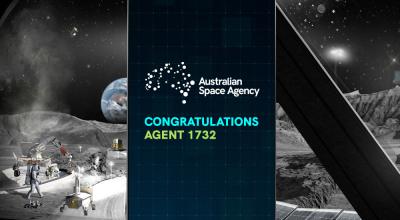
Which space career is right for you?
Navigate a day on the Moon in our short interactive quiz to find out which role best suits your strengths.
